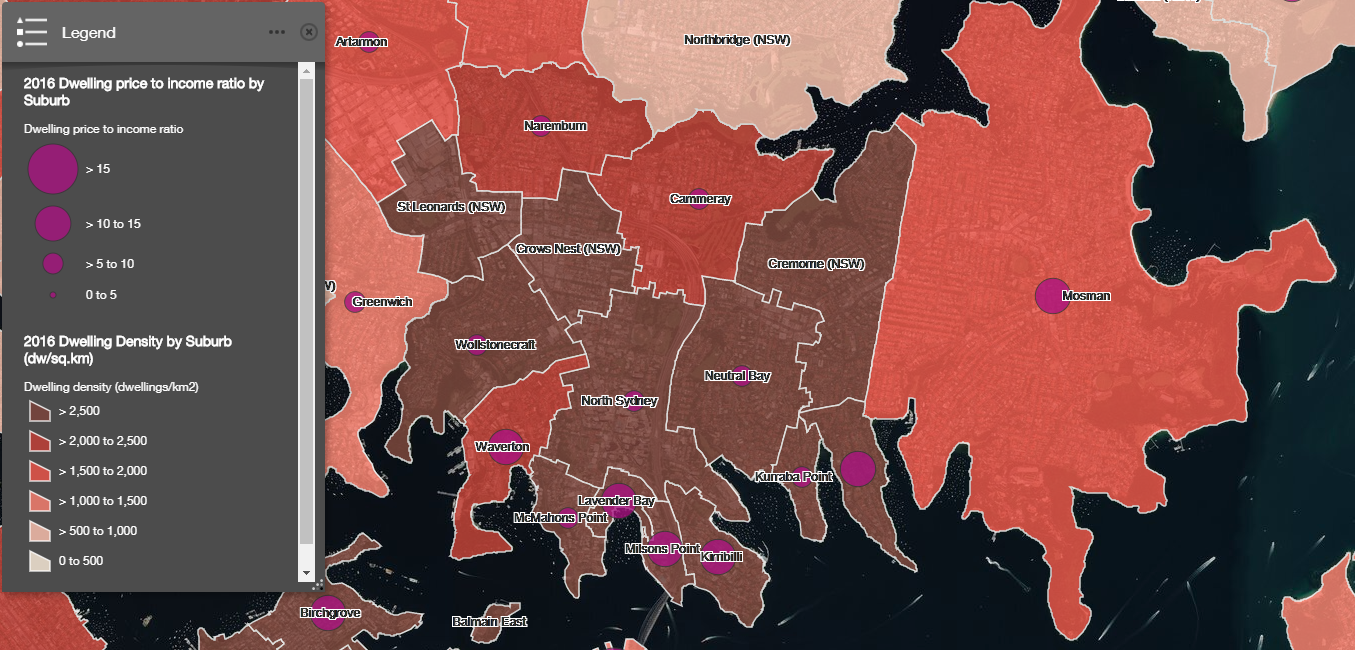There is probably no single topic of conversation more likely to get people engaged and debating currently than the subject of housing affordability – and the lack of it in many parts of Australia.
Interest rates remain at historic lows, making repayments within the grasp of many working Australian home owners, despite the rapid rise in prices. However, for those yet to enter the market, lack of affordable new supply has meant the required deposit is now well out of reach for many would-be home buyers. Some have turned to the so-called Bank of Mum and Dad, reportedly now the fifth largest ‘bank’ in Australia. But for far more, the Australian dream of home ownership remains a dream, and a distant one at that.
There is no single, easy solution to this problem. But one that would go a long way to addressing affordability is to increase affordable supply in areas with existing infrastructure, particularly transport infrastructure. And this inevitably leads to discussions around density, which in turn quickly lead to many NIMBYist clichés of why it can’t be done.
Part of the problem is a misconception of what density really looks like – our minds tend to picture the worst case examples in developing countries. But this is not the reality.
Density done well means something other than endless high rises, with their negative social and environmental connotations. Density done well can not only look good, but also bring myriad economic, social and environmental benefits – it’s a win, win, win, win situation.



